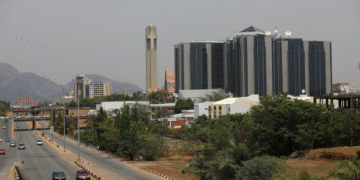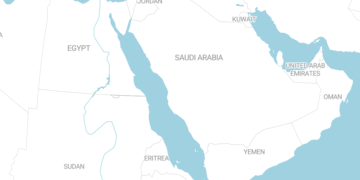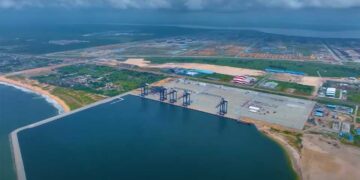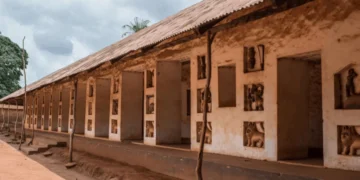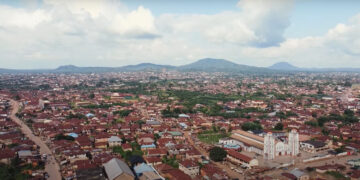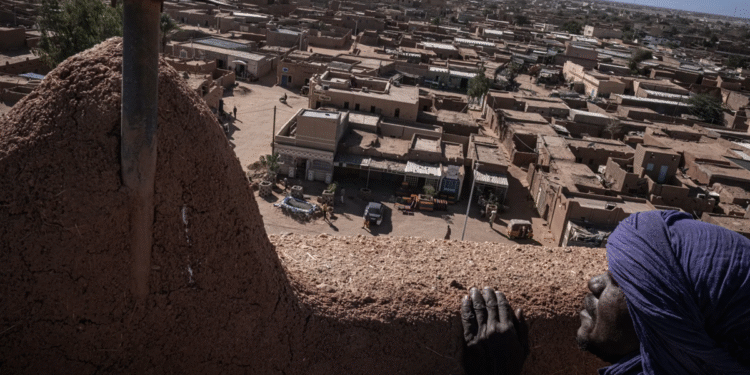Agadez is a historic city located in northern Niger that stands as a silent witness to centuries of trade and cultural interaction on the fringes of the Sahara Desert. Agadez is the capital of a vast desert region and a historical center of cultural and geopolitical complexity and a key to understanding the ancient links between North and West Africa. A UNESCO World Heritage Site, the city embodies, through its architecture and traditional authority, a unique model of sustainability and adaptation to the harsh desert environment.
Agadez lies on the southern edge of the Aïr Massif, a rocky mountainous region dotted with oases, separating it from the sandy Ténéré Desert. This geographical location has given the city its strategic importance as the “gateway to the Sahara.” Its arid desert climate, characterized by extreme temperature fluctuations, directly influences the city’s lifestyles and architectural structures.
The Agadez region, which extends over a vast area, is a geologically significant area, encompassing several geological eras. It is also rich in natural resources, most notably uranium. Despite the harsh environment, the presence of scarce groundwater resources in nearby oases has allowed for the sustainability of life and limited agricultural activity around the city.
Some sources indicate Agadez was founded in the 11th century. It served as a historical meeting point between the nomadic Tuareg tribes and the inhabitants of the southern savannah. Its development was planned, driven by its role as the capital of the Sultanate of Agadez, founded in 1449 AD.
Agadez experienced its heyday in the 15th and 16th centuries, when it became a pivotal stop on the trans-Saharan trade route. Trade caravans from North Africa (such as Tripoli and Gadamis) connected the city to powerful Sahelian kingdoms (such as the Songhai Kingdom). The city was a center for trade in gold, salt (especially from the Bilma mines), dates, hides, and slaves. This commercial boom drove Agadez’s urban development and enabled it to become the most important center for the Tuareg people, giving it a distinct cultural identity.
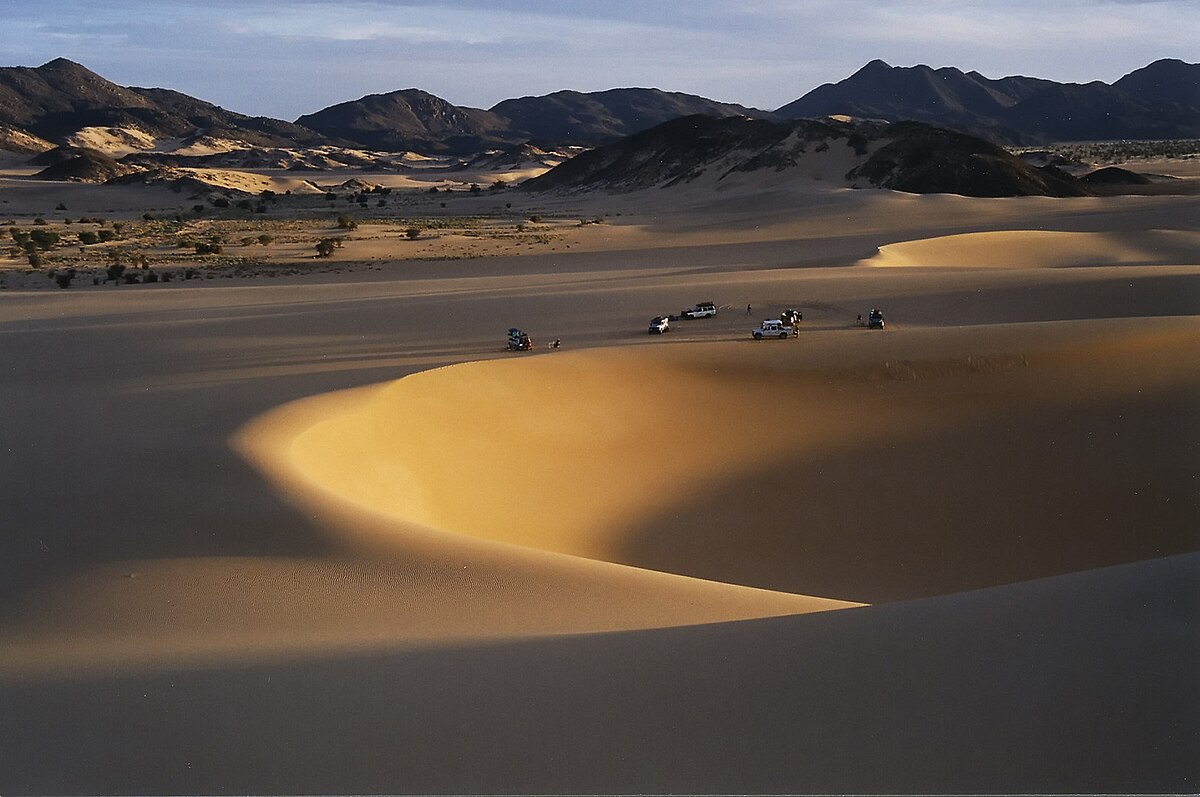
Agadez was not only a commercial center but also a prominent Islamic urban and scholarly center in the Aïr region. The city was renowned for producing scholars, jurists, and judges, making it a beacon of Arab-Islamic culture in West Africa, similar to Timbuktu and Gao.
The city experienced periods of conflict and occupation, most notably the Songhai Sultanate’s conquest in 1515 AD, before returning to its autonomy under its traditional leaders, the Tuareg “Sultans” (or Amnokals).
The traditional architecture of Agadez is the most striking physical evidence of the genius of human adaptation. The old town, inscribed on the UNESCO World Heritage List in 2013, is an exceptional and sophisticated example of earthen (mud) architecture.
The Great Mosque of Agadez is a landmark of the city and a symbol of the continuity of Islamic architectural traditions in West Africa. Rebuilt in 1515 AD (and subsequently restored), it is distinguished by its conical minaret, made entirely of dried mud bricks, reaching a height of approximately 27 meters. This structure is not only a religious landmark; it is also an example of the use of local techniques in the construction of monumental mosques that defy the environment. Mud buildings require regular maintenance, ensuring that local craftsmen continue to master traditional building techniques.
The historic center of Agadez consists of narrow streets and closely packed mud houses, characterized by their distinctive architectural style that combines North African and local influences. These buildings relied on mud as the primary building material to provide natural insulation against the intense desert heat. The city’s urban layout reflects the social and political structure of the Tuareg Sultanate, with squares and areas dedicated to traditional trade and meetings.
The Tuareg constitute the overwhelming majority of the city and its region, and they have preserved the city’s cultural heritage for generations. Agadez is known as the center of Tuareg culture in Niger. Despite the presence of a central government, the traditional authority of the Sultan of Agadez remains central to social life, playing a role in resolving conflicts and preserving local traditions.
Agadez is known for its unique handicrafts, particularly silversmithing and jewelry, including the famous Agadez Cross, a symbol associated with Tuareg culture. It is also famous for its leather and textile industries, which were an essential part of the caravan trade. The Tuareg language (called Tamasheq) is the dominant language, along with Hausa and Arabic, reflecting the city’s ethnic diversity.
The role of Agadez has changed radically in the modern era. After Niger’s independence, its importance shifted from a trans-Saharan trade hub to an administrative center for natural resource exploration and a transit point for migrants. The modern regional economy of Agadez relies heavily on uranium mining in the surrounding areas (particularly Arlit). Mining revenues were a major source of income, but fluctuations in global uranium prices and political tensions over foreign exploitation of the resource led to recurring economic instability.
Agadez was also affected by repeated Tuareg-led rebellions against the central government in Niger, demanding a fairer sharing of the region’s resources and increased autonomy. These rebellions impacted the once-thriving tourism sector, as the region attracted European tourists interested in the desert landscape and Tuareg culture.






